Best Shopify Returns Management Software for 2023

2022 was the most expensive year on record for returns. With inflation, rising shipping costs, rising labor costs, and discounts to clear inventory, online returns are projected to cost retailers $290 billion by the time 2022 is over.
Though the Covid-19 pandemic accelerated ecommerce and introduced more shoppers to features like free return shipping and no-questions-asked returns, the rising cost of returns has continued to apply financial pressure to retailers through 2022.
The ecommerce returns management options available for retailers have evolved significantly since 2021.
In 2022, many new returns management providers were introduced, existing applications had updates, and some returns management options disappeared entirely.
So, we’re going to give you the no-fluff, honest breakdown, of the most prominent players in the Shopify returns management space. The pros, the cons, and all the information you need to know when it comes to how to select the best ecommerce returns management solution for 2023.
Let’s dive in.

ReturnGo: For Growing Shopify Retailers
With Return Magic sunsetting in July of 2022, ReturnGo stepped right in to replace the void. ReturnGo is a great tool for smaller retailers and has grown remarkably quickly since its inception in July of 2020. With their smaller plans and cheaper pricing, ReturnGo gives the basic functionality Shopify retailers need to get a grasp on returns.
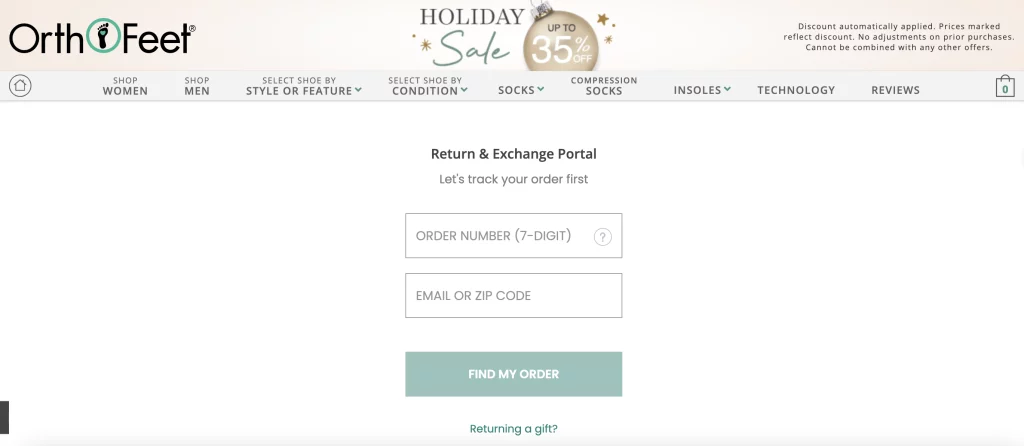
Strengths:
- Good for brands just starting to experience return pains
- Affordable price points and plans
- Fast onboarding and trials
- Good support and customer service
- Multi-language support
Weaknesses:
- Return Center UI for uneven exchanges can be challenging to navigate for shoppers
- Lack of customization for complex returns workflows
- Basic reporting
- Small number of integrations
- No warranty support or disposition management
Bottom Line: All in all, ReturnGo has helped fill the void for smaller retailers who were impacted by Return Magic shutting down. With a lower price point and fewer bells + whistles, ReturnGo can help retailers achieve baseline returns automation.
Returnly: For Established Shopify Brands
Returnly was acquired by Affirm in April 2021. Rightfully earned, Returnly was one of the first movers in the Shopify returns space, and their fintech model for fronting the bill on returns has been lucrative for many retailers. Returnly relies on gift cards to incentivize exchanges, which allows shoppers to get the right item before returning the wrong one.
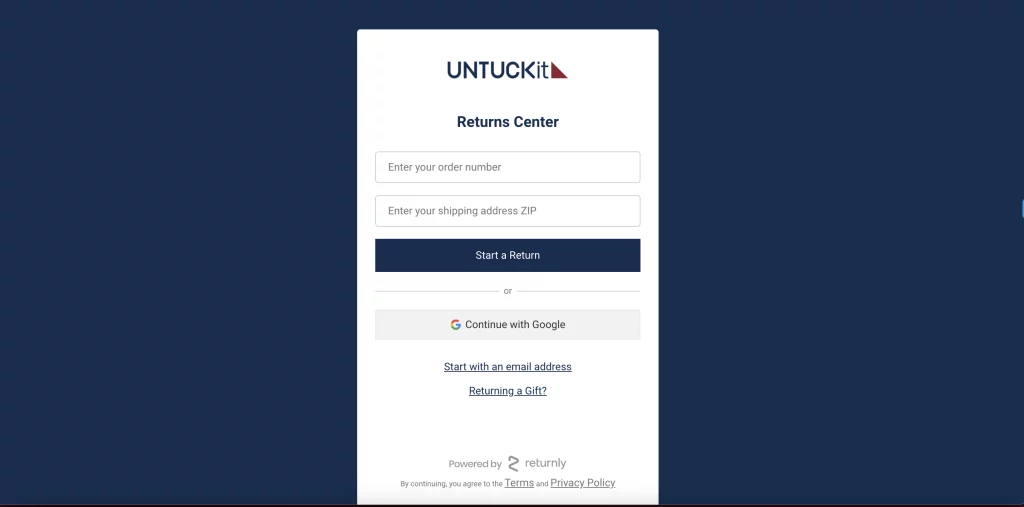
Strengths:
- Instant exchanges via offering gift cards
- Product recommendations
- Ease of use
- Customer Satisfaction score during return workflow
Weaknesses:
- Drawbacks of instant exchanges: Fraud, accounting reconciliation, shoppers learn they can game the system
- Pricing model: To use instant exchanges, Returnly has a ‘Returnly Tax’ which charges merchants for their exchange transactions
- Lack of support during onboarding and after
- No ability to support warranty returns, bundle returns, and no returns disposition management
Bottom Line: Returnly’s growth has been consistent, but they have not innovated as fast as some of the other platforms out there. They came up with the great idea of instant exchanges which are a solid tool for retailers focused on upselling and improving the shopper experience.
Loop Returns: For High-Growing Shopify Brands
Loop Returns has leaned heavily into promoting exchanges over refunds (like Returnly) which led to their $65 million Series B round of funding. Loop has a ton of useful features for Shopify retailers and helps retailers upsell. However, their strength lies in their partnerships. Technical partnerships with Happy Returns, Veho, Arrive, agency partnerships and others have allowed Shopify retailers using Loop to unlock features to continually improve the post-purchase experience for shoppers.
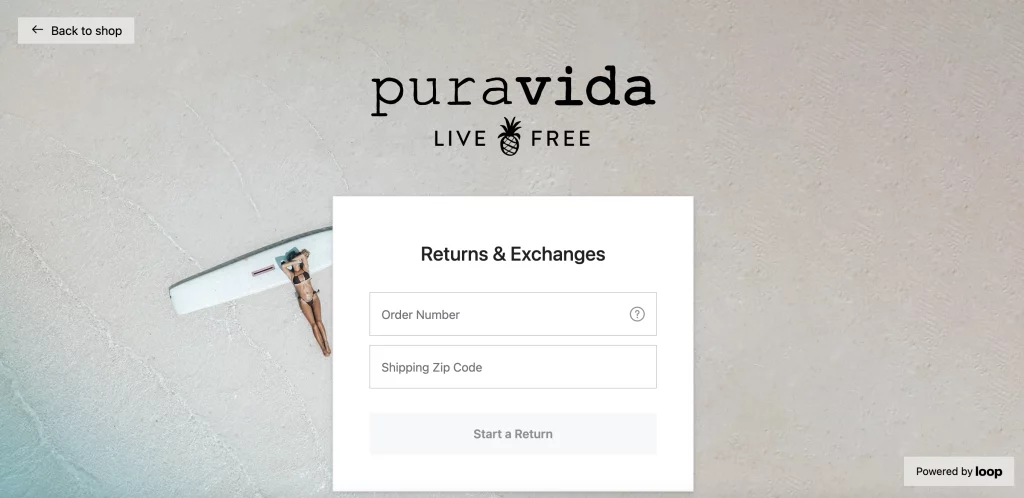
Strengths:
- Retailers can promote exchanges via instant exchanges and bonus credit, relying on discounts as opposed to gift cards, like Returnly, which helps mitigate fraud
- Robust feature offering: Automated and conditional workflows, bundle returns, in-store returns, printerless returns, at-home returns
- Excellent Shopify integration, which can support Hydrogen and headless commerce
- Extensive partnership network and integrations
Weakness:
- Pricing model: With two base plans and four add-ons, a retailer’s annual contract
scan get expensive fast - Drawbacks of incentivizing exchanges: Accounting reconciliation, users must use their bonus credit in the same web session or lose it, and with no returns disposition management, this can lead to fraud
- Support: Similar to Returnly, once signed, it can be a challenge for retailers to get the continued support they need
- Analytics: Tells retailers how much revenue is recaptured, but doesn’t do the best job of telling a retailer why returns are happening and where they should focus
- No warranty returns support
Bottom Line: Loop is a great tool and offers arguably the most extensive feature offering, which is reflected in their pricing. Loop works well for retailers who focus more on the shopper experience than they do on operational efficiency.
ReturnLogic: For Operations-Focused Retailers
ReturnLogic is a great tool for ecommerce retailers who are scaling quickly and need operational efficiency. As opposed to Loop and Returnly which are focused on the shopper experience, ReturnLogic believes in making ecommerce returns as simple and profitable as possible for retailers and their teams.
This focus is what got them their $8.5 million Series A investment, led by Mercury. With their competitive feature offerings and advanced reporting, retailers can pinpoint where their scalability chokepoints are in order to take corrective action and achieve ‘returns optimization’ through intelligent returns management.
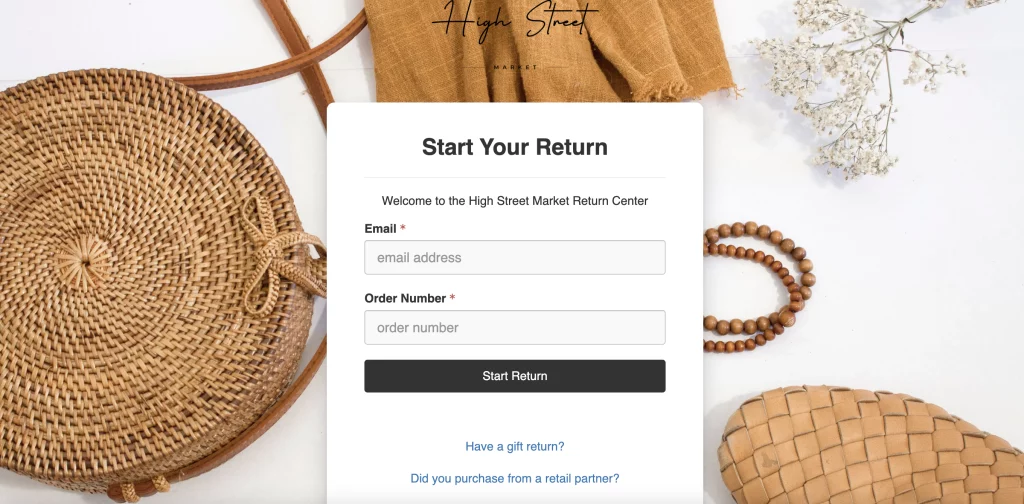
Strengths:
- Complete platform: Offers strong automation and can handle complex workflows (bundle returns, printerless returns, secondary return reasons)
- Analytics and Reporting: With quarterly business reviews and returns intelligence, retailers have a returns analyst in their back pocket to help them optimize their returns processes
- Disposition management: Retailers know the status, condition, and location of each return
- Onboard in a few hours and a dedicated Customer Support Manager
- Warranty return support
- Open API for integrations and customization
- Transparent pricing with three-tiered pricing models
Weaknesses:
- Lack of exchange incentives due to being operations focused
- Older UX/UI
- Very customizable, which can add complexity
- Does not offer in-store or at-home returns
- No trials
Bottom Line: ReturnLogic is great for retailers who are data and operations-focused. ReturnLogic exists to solve ‘why’ returns are happening. By working with retailers to build continuous improvement strategies with returns data, retailers improve the shoppers’ experience, improve operational efficiency, and ultimately grow profits.
Narvar: Shipping and Returns for Large Retailers
Narvar is a comprehensive tracking solution that also manages returns. Narvar started off as a shipment tracking and post-purchase experience company for enterprise brands but has recently introduced a returns solution for Shopify retailers. Retailers find value in having one platform for both tracking and returns.
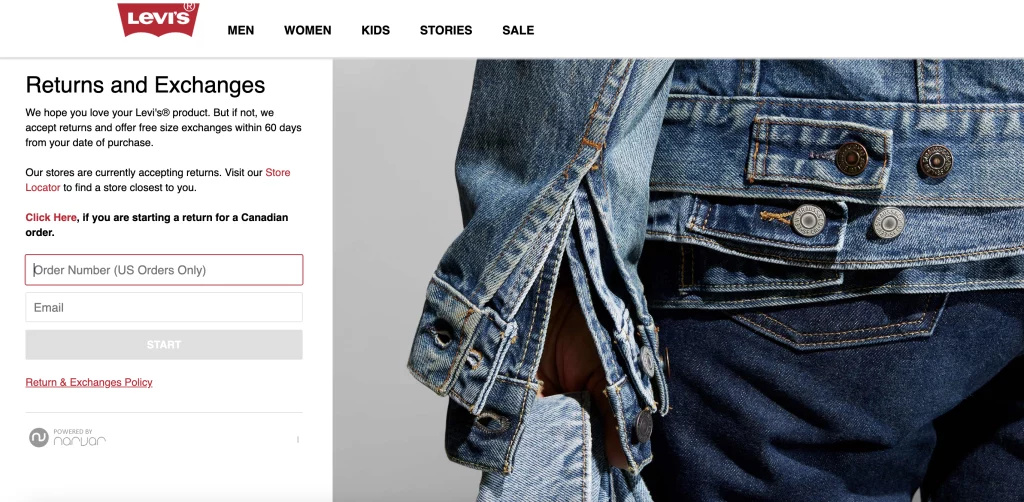
Strengths:
- Workflows: Workflows are easy to customize and allow for things such as a VIP returns experience
- Tracking: Retailers find value in having both shipment tracking and returns management in one platform
- Robust feature offering: Printerless returns, in-store returns, returnless returns, exchange incentives are all possible
Weaknesses:
- Not the strongest Shopify integration: Narvar does not support some of the basic Shopify functions such as editing returns and doesn’t let retailers see the return order within the Shopify platform
- Onboarding fee: With a hefty $4,000+ onboarding fee, pricing can add up quick
- Reporting: While they have the basics, they don’t have secondary return seasons to drill down on why returns are happening
- No disposition management
- No warranty support
Bottom Line: Narvar is great for enterprise retailers focused on tracking retailer shipments. With their recent move to enter the Shopify market for returns, they’ve created a more complete product offering, but still have some kinks to iron out.
Happy Returns: For In-Store Retail Returns
Happy Returns is the category king for in-store returns. With Happy Returns Return Bars, in-store returns have continued to become more popular based on the rising cost of returns and shopper preference. In-store returns allow retailers to avoid re-stocking and shipping fees. On top of that, with Happy Returns becoming acquired by PayPal, they are able to offer a (somewhat) free plan to PayPal retailers.
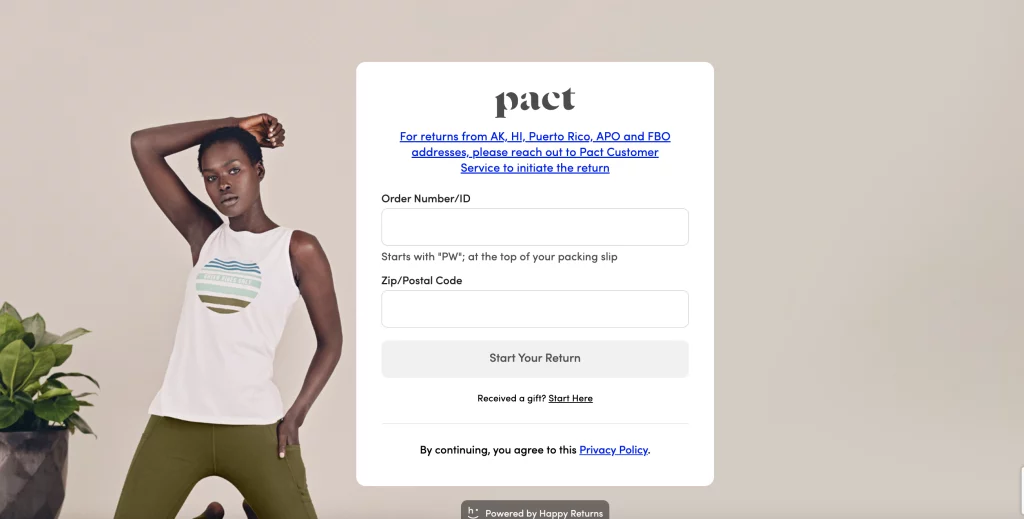
Strengths:
- Return Bars: Shoppers prefer to drop off returns in-store and retailers can avoid fees
- Free plan for PayPal retailers
- Customizable and easy to use
- Return Shopping
Weaknesses:
- Bulk shipping: Instead of doing a 1-to-1 return, Happy Returns collects returns in aggregate and bulk ships them back to retailers, which can add bottlenecks
- No returns disposition management
- No warranty return support
Bottom Line: While the Happy Returns in-store returns method is beneficial, it can be challenging for retailers to liquidate or resell when items are sent back in bulk. The faster items get back to the warehouse, the better. However, these shortcomings can be made up through partnerships, like with Loop Returns.
AfterShip: Shipping and Returns for Small Retailers
AfterShip is like a combination of Narvar and ReturnGo. Like Narvar, AfterShip has its origin in shipment tracking. However, with their added returns management offering, AfterShip has the same basic functionality as ReturnGo. For those who want shipment tracking and returns management in one platform, who are price conscious, or who operate internationally, AfterShip is a solid tool.
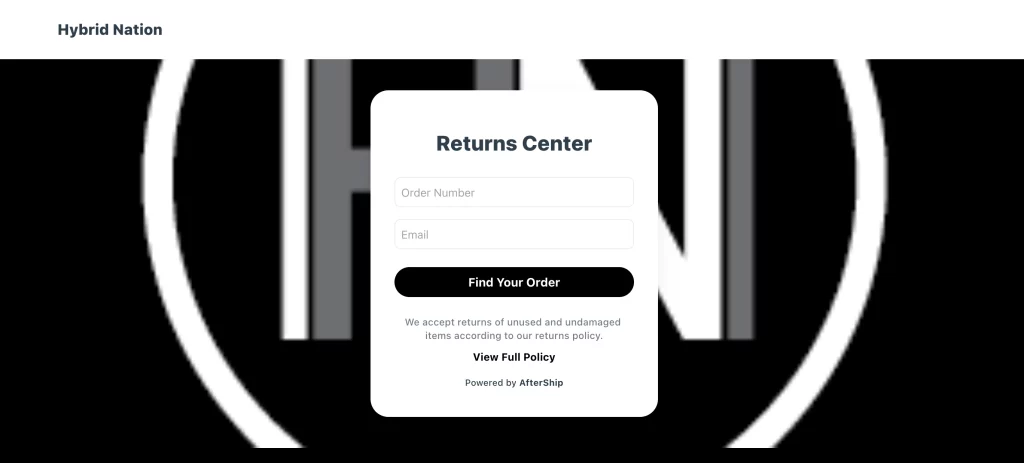
Strengths:
- Product offering: provides the basics a retailer would need to start automating returns
- International: AfterShip does a nice job of supporting international returns
- Platform agnostic: AfterShip works beyond Shopify
Weaknesses:
- Built for tracking
- Lack of support: AfterShip has a lot of customers for shipment tracking.
,When it comes to returns though, retailers need more help. The biggest gripe retailers have with AfterShip is slow response time and inability to help - Gated features: Another big gripe retailers have with AfterShip is the complexity of plans with gated features. While the basics are fine, adding additional features can raise a retailer’s bill substantially
Bottom Line: AfterShip is a solid tool for SMB international merchants who want to consolidate shipment tracking and returns management into one platform. However, like Narvar, with so much focus on tracking, they can lose sight of how to effectively help retailers manage returns.
Choosing the Best Shopify Returns Management Software
Every retailer manages returns differently, and there isn’t a platform out there yet that can handle every unique need. Each returns platform has its niche. Whether it’s for small vs. large retailers, whether it’s post-purchase focused vs. operations focused, there’s a ton of variety out there for retailers based on application and outcome required.
Ultimately, retailers must ask themselves a few questions when they are choosing which returns management software works best for their business. Is the shopper experience or operational efficiency more profitable? Is having shipment tracking and returns management on the same platform the easiest way to manage returns?
At the end of the day, retailers should ask any returns management solution provider one simple question.
How can you help protect my bottom line with an easy and affordable returns process?
Returns management solution providers should serve as your long-term partner and be invested in your success, if they struggle to answer how they will make you profitable, they will struggle to make you successful and are not the best fit.
Ready to transform how your team manages returns?
Speak to a returns specialist to see if you’re a good fit!





